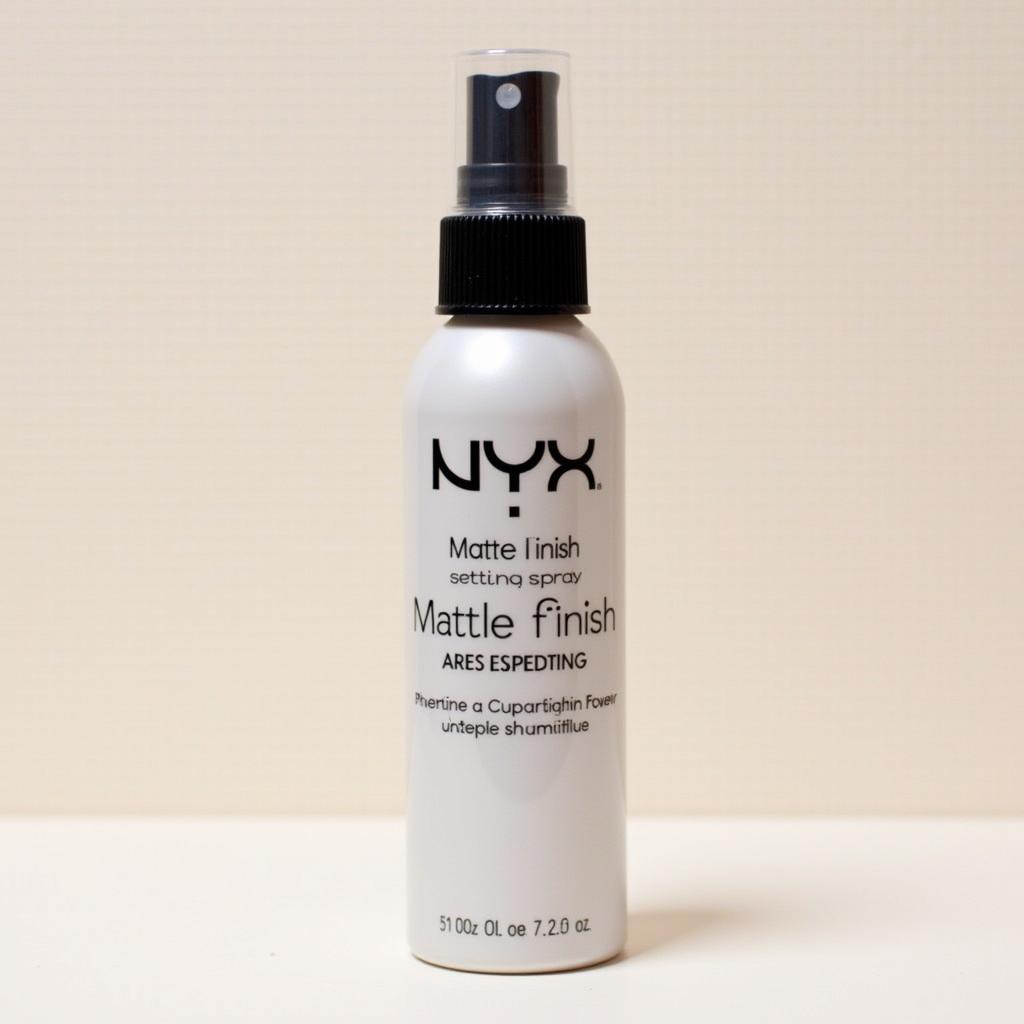Blotting Paper for Flower Pressing: The Ultimate Guide
- AmazoniaSilva
- Tháng 1 6, 2025
- Zodiac signs
- 0 Comments
Blotting paper is essential for preserving the vibrant colors and delicate forms of your pressed flowers. This comprehensive guide explores everything you need to know about using Blotting Paper For Flower Pressing, from choosing the right type to achieving professional-looking results.
Why is Blotting Paper Crucial for Flower Pressing?
Blotting paper absorbs moisture from the flowers, preventing mold growth and preserving their color. This process helps flowers dry quickly and flattens them for crafting and artistic projects.
Choosing the Right Blotting Paper
Not all blotting paper is created equal. While some crafters use newspaper or cardboard in a pinch, dedicated blotting paper offers superior absorbency and results. Look for unbuffered, acid-free blotting paper to prevent discoloration and damage to your delicate blooms. Thickness also matters – thicker paper absorbs more moisture, leading to quicker drying times.
How to Use Blotting Paper for Pressing Flowers
The process is simple but requires care and attention to detail.
- Prepare your flowers: Choose freshly bloomed flowers and remove excess moisture by gently patting them with a soft cloth.
- Arrange your flowers: Place your flowers between two sheets of blotting paper. Arrange them carefully to avoid overlapping petals.
- Layer your press: Add more layers of blotting paper and flowers, ensuring even distribution of pressure.
- Apply pressure: Place the layered stack inside a flower press or between heavy books.
- Change the blotting paper: Replace the blotting paper every 24-48 hours to accelerate drying and prevent mold. This crucial step helps maintain the vibrant colors of your pressed flowers.
- Drying time: The drying process typically takes 2-4 weeks depending on the flower type and environmental conditions.
Tips for Successful Flower Pressing
- Use high-quality, acid-free blotting paper.
- Change the blotting paper regularly.
- Avoid overcrowding the press.
- Store pressed flowers in a cool, dry place away from direct sunlight.
Troubleshooting Common Problems
- Mold growth: This indicates insufficient drying or infrequent blotting paper changes.
- Brown spots: Can be caused by high moisture content or using buffered paper.
- Wrinkled petals: Occur when flowers are not pressed flat or are moved during the drying process.
What if I Don’t Have a Flower Press?
You can use heavy books as a substitute for a flower press. Ensure the books are heavy enough to apply consistent pressure across the entire flower pressing stack.
Frequently Asked Questions (FAQ)
- Can I use paper towels for flower pressing? Paper towels are not recommended as they are not absorbent enough and can leave texture on your flowers.
- How often should I change the blotting paper? Ideally, every 24-48 hours, especially in humid environments.
- How long does it take to press flowers? Typically 2-4 weeks, depending on the flower type and thickness.
- What can I do with pressed flowers? Create beautiful artwork, cards, bookmarks, or even decorate candles.
- Where can I buy blotting paper for flower pressing? Craft stores, online retailers, and some bookstores carry specialized blotting paper.
Conclusion
Blotting paper is indispensable for achieving beautifully pressed flowers. By following the steps outlined in this guide and choosing the right blotting paper, you can preserve your favorite blooms and enjoy their beauty for years to come. Remember, high-quality blotting paper is an investment in preserving your precious floral memories.
Need support? Contact us at Email: [email protected], address: Fifth Avenue, 34th Floor, New York, NY 10118, USA. We have a 24/7 customer service team.
